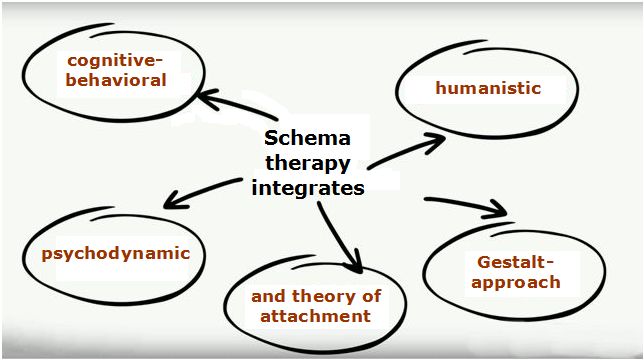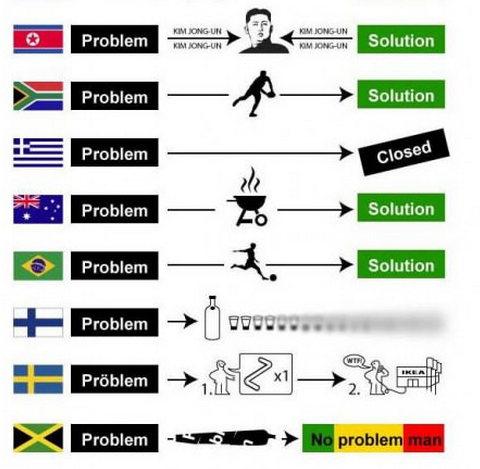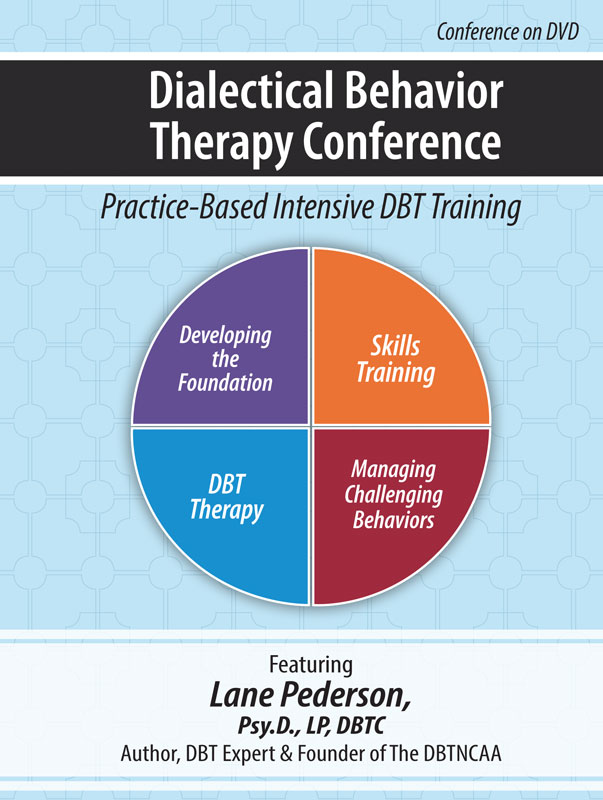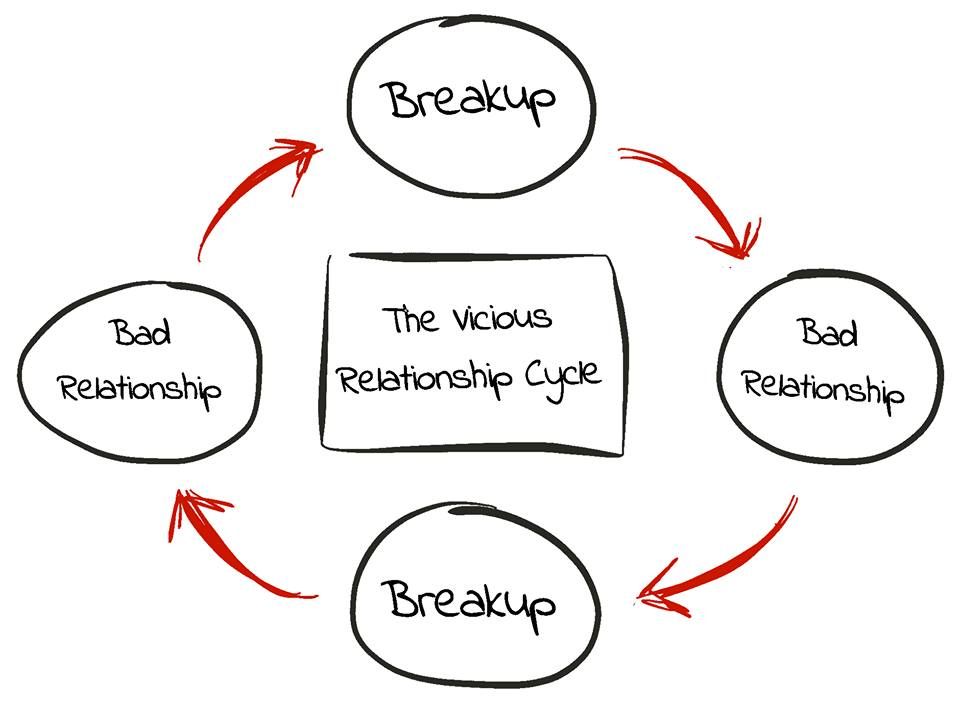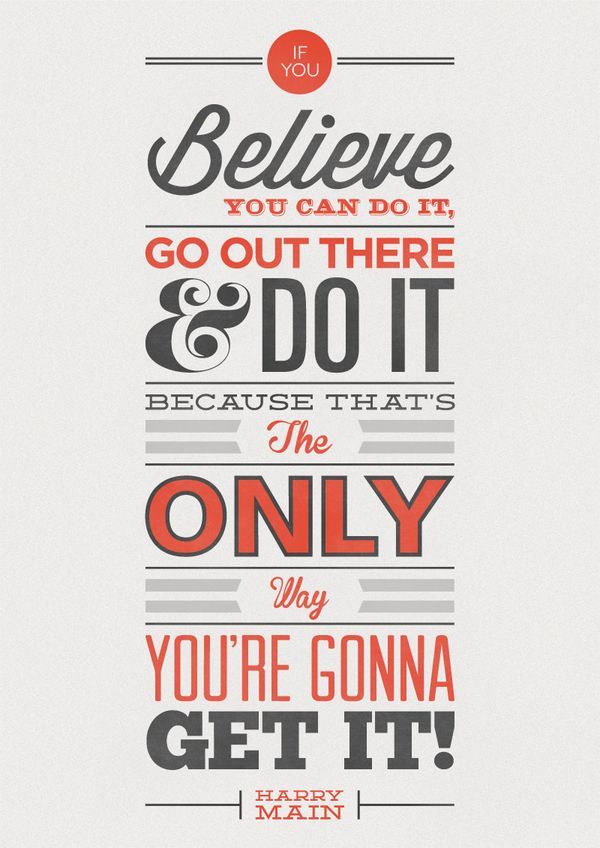Are thoughts things
There Is No Such Thing as Conscious Thought
Peter Carruthers, Distinguished University Professor of Philosophy at the University of Maryland, College Park, is an expert on the philosophy of mind who draws heavily on empirical psychology and cognitive neuroscience. He outlined many of his ideas on conscious thinking in his 2015 book The Centered Mind: What the Science of Working Memory Shows Us about the Nature of Human Thought. More recently, in 2017, he published a paper with the astonishing title of “The Illusion of Conscious Thought.” In the following excerpted conversation, Carruthers explains to editor Steve Ayan the reasons for his provocative proposal.
What makes you think conscious thought is an illusion?
I believe that the whole idea of conscious thought is an error. I came to this conclusion by following out the implications of the two of the main theories of consciousness. The first is what is called the Global Workspace Theory, which is associated with neuroscientists Stanislas Dehaene and Bernard Baars.
Their theory states that to be considered conscious a mental state must be among the contents of working memory (the “user interface” of our minds) and thereby be available to other mental functions, such as decision-making and verbalization. Accordingly, conscious states are those that are “globally broadcast,” so to speak. The alternative view, proposed by Michael Graziano, David Rosenthal and others, holds that conscious mental states are simply those that you know of, that you are directly aware of in a way that doesn’t require you to interpret yourself. You do not have to read your own mind to know of them. Now, whichever view you adopt, it turns out that thoughts such as decisions and judgments should not be considered to be conscious. They are not accessible in working memory, nor are we directly aware of them. We merely have what I call “the illusion of immediacy”—the false impression that we know our thoughts directly.
One might easily agree that the sources of one’s thoughts are hidden from view—we just don’t know where our ideas come from. But once we have them and we know it, that’s where consciousness begins. Don’t we have conscious thoughts at least in this sense?
But once we have them and we know it, that’s where consciousness begins. Don’t we have conscious thoughts at least in this sense?
In ordinary life we are quite content to say things like “Oh, I just had a thought” or “I was thinking to myself.” By this we usually mean instances of inner speech or visual imagery, which are at the center of our stream of consciousness—the train of words and visual contents represented in our minds. I think that these trains are indeed conscious. In neurophilosophy, however, we refer to “thought” in a much more specific sense. In this view, thoughts include only nonsensory mental attitudes, such as judgments, decisions, intentions and goals. These are amodal, abstract events, meaning that they are not sensory experiences and are not tied to sensory experiences. Such thoughts never figure in working memory. They never become conscious. And we only ever know of them by interpreting what does become conscious, such as visual imagery and the words we hear ourselves say in our heads.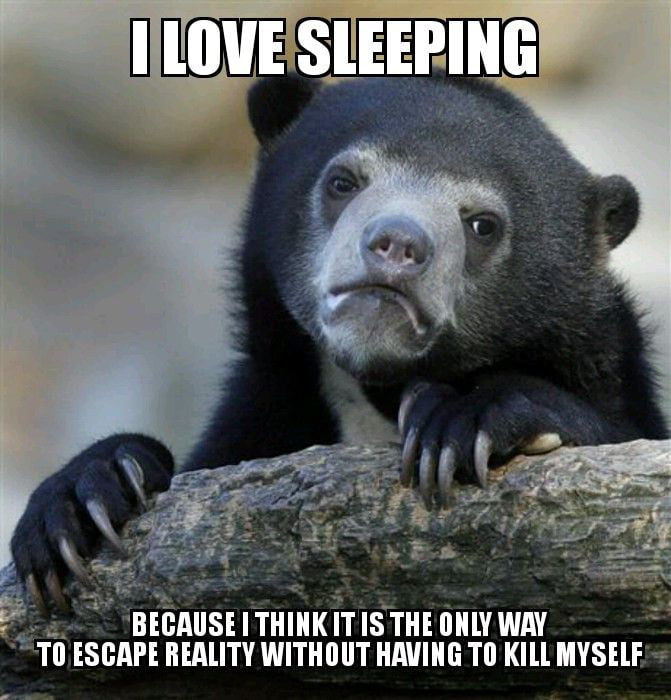
So consciousness always has a sensory basis?
I claim that consciousness is always bound to a sensory modality, that there is inevitably some auditory, visual or tactile aspect to it. All kinds of mental imagery, such as inner speech or visual memory, can of course be conscious. We see things in our mind’s eye; we hear our inner voice. What we are conscious of are the sensory-based contents present in working memory.
In your view, is consciousness different from awareness?
That’s a difficult question. Some philosophers believe that consciousness can be richer than what we can actually report. For example, our visual field seems to be full of detail—everything is just there, already consciously seen. Yet experiments in visual perception, especially the phenomenon of inattentional blindness, show that in fact we consciously register only a very limited slice of the world. [Editors’ note: A person experiencing inattentional blindness may not notice that a gorilla walked across a basketball court while the individual was focusing on the movement of the ball.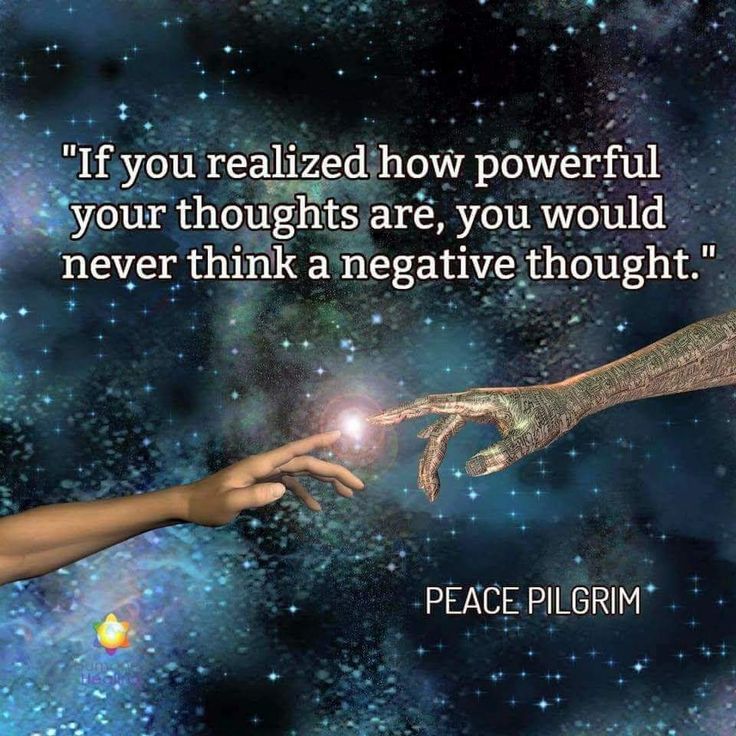 ] So, what we think we see, our subjective impression, is different from what we are actually aware of. Probably our conscious mind grasps only the gist of much of what is out there in the world, a sort of statistical summary. Of course, for most people consciousness and awareness coincide most of the time. Still, I think, we are not directly aware of our thoughts. Just as we are not directly aware of the thoughts of other people. We interpret our own mental states in much the same way as we interpret the minds of others, except that we can use as data in our own case our own visual imagery and inner speech.
] So, what we think we see, our subjective impression, is different from what we are actually aware of. Probably our conscious mind grasps only the gist of much of what is out there in the world, a sort of statistical summary. Of course, for most people consciousness and awareness coincide most of the time. Still, I think, we are not directly aware of our thoughts. Just as we are not directly aware of the thoughts of other people. We interpret our own mental states in much the same way as we interpret the minds of others, except that we can use as data in our own case our own visual imagery and inner speech.
You call the process of how people learn their own thoughts interpretive sensory access, or ISA. Where does the interpretation come into play?
Let’s take our conversation as an example—you are surely aware of what I am saying to you at this very moment. But the interpretative work and inferences on which you base your understanding are not accessible to you.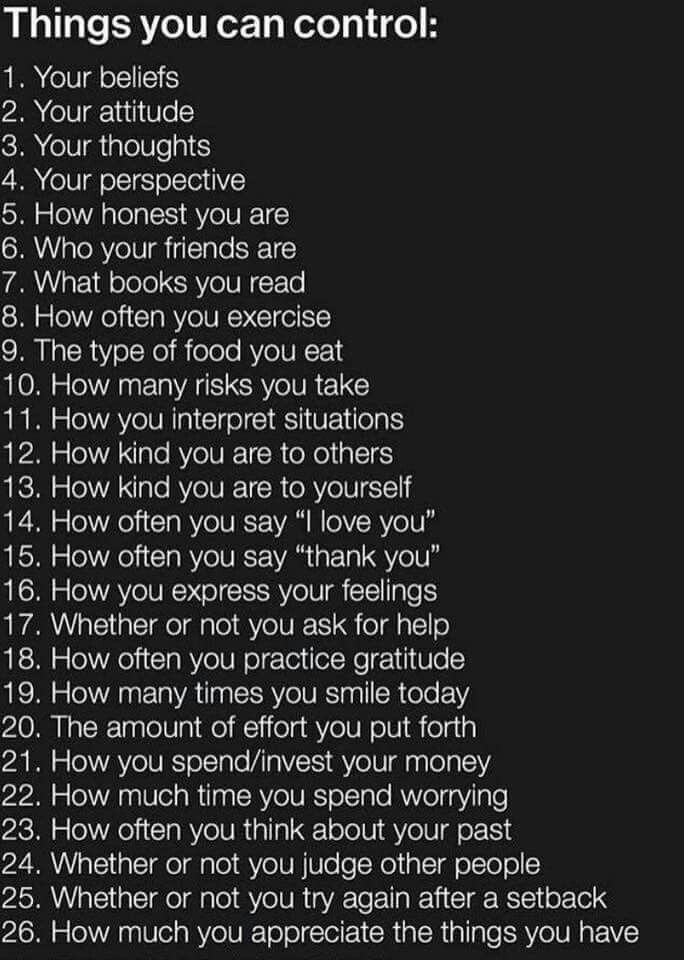 All the highly automatic, quick inferences that form the basis of your understanding of my words remain hidden. You seem to just
hear the meaning of what I say. What rises to the surface of your mind are the results of these mental processes. That is what I mean: The inferences themselves, the actual workings of our mind, remain unconscious. All that we are aware of are their products. And my access to your mind, when I listen to you speak, is not different in any fundamental way from my access to my own mind when I am aware of my own inner speech. The same sorts of interpretive processes still have to take place.
All the highly automatic, quick inferences that form the basis of your understanding of my words remain hidden. You seem to just
hear the meaning of what I say. What rises to the surface of your mind are the results of these mental processes. That is what I mean: The inferences themselves, the actual workings of our mind, remain unconscious. All that we are aware of are their products. And my access to your mind, when I listen to you speak, is not different in any fundamental way from my access to my own mind when I am aware of my own inner speech. The same sorts of interpretive processes still have to take place.
Why, then, do we have the impression of direct access to our mind?
The idea that minds are transparent to themselves (that everyone has direct awareness of their own thoughts) is built into the structure of our “mind reading” or “theory of mind” faculty, I suggest. The assumption is a useful heuristic when interpreting the statements of others.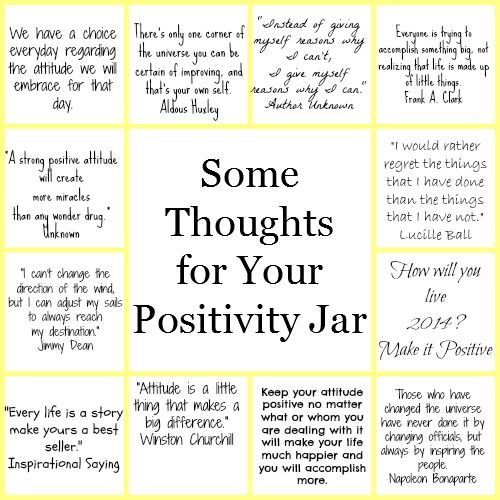 If someone says to me, “I want to help you,” I have to interpret whether the person is sincere, whether he is speaking literally or ironically, and so on; that is hard enough. If I also had to interpret whether he is interpreting his own mental state correctly, then that would make my task impossible. It is far simpler to assume that he knows his own mind (as, generally, he does). The illusion of immediacy has the advantage of enabling us to understand others with much greater speed and probably with little or no loss of reliability. If I had to figure out to what extent others are reliable interpreters of themselves, then that would make things much more complicated and slow. It would take a great deal more energy and interpretive work to understand the intentions and mental states of others. And then it is the same heuristic transparency-of-mind assumption that makes my own thoughts seem transparently available to me.
If someone says to me, “I want to help you,” I have to interpret whether the person is sincere, whether he is speaking literally or ironically, and so on; that is hard enough. If I also had to interpret whether he is interpreting his own mental state correctly, then that would make my task impossible. It is far simpler to assume that he knows his own mind (as, generally, he does). The illusion of immediacy has the advantage of enabling us to understand others with much greater speed and probably with little or no loss of reliability. If I had to figure out to what extent others are reliable interpreters of themselves, then that would make things much more complicated and slow. It would take a great deal more energy and interpretive work to understand the intentions and mental states of others. And then it is the same heuristic transparency-of-mind assumption that makes my own thoughts seem transparently available to me.
What is the empirical basis of your hypothesis?
There is a great deal of experimental evidence from normal subjects, especially of their readiness to falsely, but unknowingly, fabricate facts or memories to fill in for lost ones. Moreover, if introspection were fundamentally different from reading the minds of others, one would expect there to be disorders in which only one capacity was damaged but not the other. But that’s not what we find. Autism spectrum disorders, for example, are not only associated with limited access to the thoughts of others but also with a restricted understanding of oneself. In patients with schizophrenia, the insight both into one’s own mind and that of others is distorted. There seems to be only a single mind-reading mechanism on which we depend both internally and in our social relations.
Moreover, if introspection were fundamentally different from reading the minds of others, one would expect there to be disorders in which only one capacity was damaged but not the other. But that’s not what we find. Autism spectrum disorders, for example, are not only associated with limited access to the thoughts of others but also with a restricted understanding of oneself. In patients with schizophrenia, the insight both into one’s own mind and that of others is distorted. There seems to be only a single mind-reading mechanism on which we depend both internally and in our social relations.
What side effect does the illusion of immediacy have?
The price we pay is that we believe subjectively that we are possessed of far greater certainty about our attitudes than we actually have. We believe that if we are in mental state X, it is the same as being in that state. As soon as I believe I am hungry, I am. Once I believe I am happy, I am. But that is not really the case. It is a trick of the mind that makes us equate the act of thinking one has a thought with the thought itself.
It is a trick of the mind that makes us equate the act of thinking one has a thought with the thought itself.
What might be the alternative? What should we do about it, if only we could?
Well, in theory, we would have to distinguish between an experiential state itself on the one hand and our judgment or belief underlying this experience on the other hand. There are rare instances when we succeed in doing so: for example, when I feel nervous or irritated but suddenly realize that I am actually hungry and need to eat.
You mean that a more appropriate way of seeing it would be: “I think I’m angry, but maybe I’m not”?
That would be one way of saying it. It is astonishingly difficult to maintain this kind of distanced view of oneself. Even after many years of consciousness studies, I’m still not all that good at it (laughs).
Brain researchers put a lot of effort into figuring out the neural correlates of consciousness, the NCC. Will this endeavor ever be successful?
Will this endeavor ever be successful?
I think we already know a lot about how and where working memory is represented in the brain. Our philosophical concepts of what consciousness actually is are much more informed by empirical work than they were even a few decades ago. Whether we can ever close the gap between subjective experiences and neurophysiological processes that produce them is still a matter of dispute.
Would you agree that we are much more unconscious than we think we are?
I would rather say that consciousness is not what we generally think it is. It is not direct awareness of our inner world of thoughts and judgments but a highly inferential process that only gives us the impression of immediacy.
Where does that leave us with our concept of freedom and responsibility?
We can still have free will and be responsible for our actions. Conscious and unconscious are not separate spheres; they operate in tandem. We are not simply puppets manipulated by our unconscious thoughts, because obviously, conscious reflection does have effects on our behavior. It interacts with and is fueled by implicit processes. In the end, being free means acting in accordance with one’s own reasons—whether these are conscious or not.
We are not simply puppets manipulated by our unconscious thoughts, because obviously, conscious reflection does have effects on our behavior. It interacts with and is fueled by implicit processes. In the end, being free means acting in accordance with one’s own reasons—whether these are conscious or not.
Briefly Explained: Consciousness
Consciousness is generally understood to mean that an individual not only has an idea, recollection or perception but also knows that he or she has it. For perception, this knowledge encompasses both the experience of the outer world (“it’s raining”) and one’s internal state (“I’m angry”). Experts do not know how human consciousness arises. Nevertheless, they generally agree on how to define various aspects of it. Thus, they distinguish “phenomenal consciousness” (the distinctive feeling when we perceive, for example, that an object is red) and “access consciousness” (when we can report on a mental state and use it in decision-making).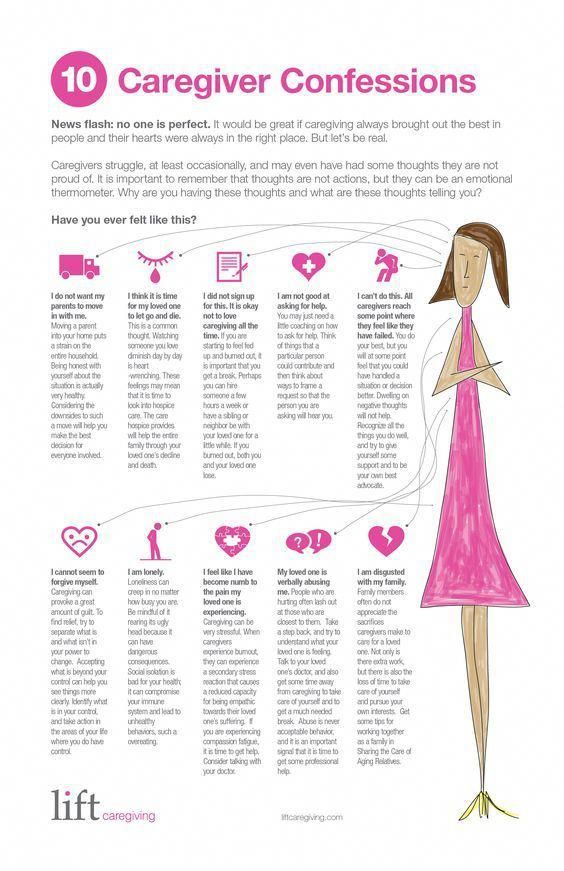
Important characteristics of consciousness include subjectivity (the sense that the mental event belongs to me), continuity (it appears unbroken) and intentionality (it is directed at an object). According to a popular scheme of consciousness known as Global Workspace Theory, a mental state or event is conscious if a person can bring it to mind to carry out such functions as decision-making or remembering, although how such accessing occurs is not precisely understood. Investigators assume that consciousness is not the product of a single region of the brain but of larger neural networks. Some theoreticians go so far as to posit that it is not even the product of an individual brain. For example, philosopher Alva Noë of the University of California, Berkeley, holds that consciousness is not the work of a single organ but is more like a dance: a pattern of meaning that emerges between brains. –S.A.
This article originally appeared in Gehirn&Geist and was reproduced with permission.
MORE TO EXPLORE
The Opacity of Mind: An Integrative Theory of Self-Knowledge. Peter Carruthers. Oxford University Press, 2011.
The Centered Mind: What the Science of Working Memory Shows Us about the Nature of Human Thought. Peter Carruthers. Oxford University Press, 2015.
The Illusion of Conscious Thought. Peter Carruthers in Journal of Consciousness Studies, Vol. 24, Nos. 9–10, pages 228–252; 2017.
ABOUT THE AUTHOR(S)
Steve Ayan is a psychologist and an editor at Gehirn&Geist.
How Thoughts Become Things | Real Magic — Murielle Marie
I believe thoughts are REAL things. As real as physical things, and even people. I also believe that thoughts shape our reality and our life. What we think manifests in our life. That’s why having a strong mindset, aka being in control of your thoughts is so important. Because if you are, you also become the master of your life. The thing that makes thoughts so intangible is – obviously – that we can’t see them, at least not just like that. But thoughts are all around us, constantly shaping the world. Although they seem invisible, you can do many things with thoughts, and thoughts become many things, too.
The thing that makes thoughts so intangible is – obviously – that we can’t see them, at least not just like that. But thoughts are all around us, constantly shaping the world. Although they seem invisible, you can do many things with thoughts, and thoughts become many things, too.
Thoughts can be smelled. Perfume is a beautiful example of thoughts that manifest into real life. The creator behind the perfume had an idea once, and started playing with flowers and oils. Eventually, that thought manifested into a (hopefully) delicious scent.
Thoughts can be shared. Ideas is probably one of the things we share most with each other. In fact, pretty much everything we do online comes down to sharing our thoughts.
Thoughts can be bought or sold. Lobby groups know this all too well. But they’re not the only ones. Silicon Valley is full of idea buyers. But so are book stores and theaters.
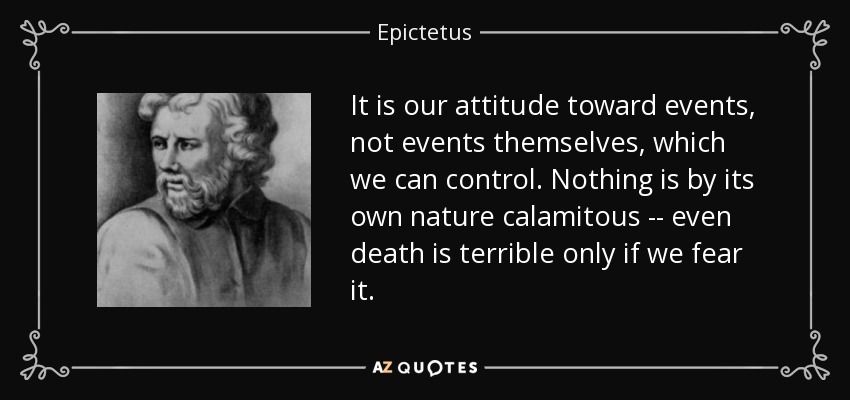
Thoughts create your reality. Look around you. Everything you see as been called into your life by you. You’ve manifested it by first thinking about it. Thoughts are powerful beyond belief…
Almost everything that is man-made in this world started – at some point or another – as a single thought. Think about that for a minute (pun totally intended).
When I was a little girl one Christmas I received a magic box as a present. In the box was a black wand that I spent the entire day of Christmas swaying around, at everyone and everything, casting spells and trying to make my wishes come true. But nothing happened. So, that night I went to bed absolutely disillusioned, and in a last attempt to draw magic into my life, I invoked a prayer, asking the Universe to give my magic wand real magic. I don’t remember what happened after that, only that the next morning the magic wand still wasn’t of much use. It took me almost 30 years to understand that the magic is not in the wand, but rather in the thoughts of the one holding it.
When I understood that thoughts are *real things* I became much more mindful of what I was thinking and saying. I felt like a real magician, able to create my own reality by shaping my thoughts to what I wanted my life to be like.
It is my sincere conviction that the thoughts we have ultimately manifest into the physical world – all of them, with no exception. And I’m not the only one to think so. There’s a long tradition of thinkers and spiritual leaders who’ve come to the same conclusion as me (with much more gusto). Among them is Gandhi, who put this priceless and magical wisdom into words beautifully when he said:
Your beliefs become your thoughts,
Your thoughts become your words,
Your words become your actions,
Your actions become your habits,
Your habits become your values,
Your values become your destiny.
– Gandhi
How do you manifest the life you want?
Maybe you’re familiar with the concepts of abundance and the law of attraction. In a way, what I’m explaining has to do with all of that, too. But it’s not entirely the same. Yes, you can attract what you think about and wish for, but – and this is the key – by doing so, you can actively participate in shaping your reality. Everything you ever thought has brought you to where you are right now. This means that everything you’re still to think up in the future will bring you somewhere too.
In a way, what I’m explaining has to do with all of that, too. But it’s not entirely the same. Yes, you can attract what you think about and wish for, but – and this is the key – by doing so, you can actively participate in shaping your reality. Everything you ever thought has brought you to where you are right now. This means that everything you’re still to think up in the future will bring you somewhere too.
That’s why I am extremely cautious of my mindset, beliefs, and thoughts. I understand their power and the magic that words hold. Although I’m not in control of the world, and I don’t know what the future holds, my thoughts allow me to create my own reality.
I decide how to react to what happens to me.
I choose my thoughts carefully.
I make sure I think nourishing thoughts.
When a negative thinking spiral starts, I know it’s only temporary.
6 steps to start manifesting your dream life now:
Understand that your thoughts create your reality.
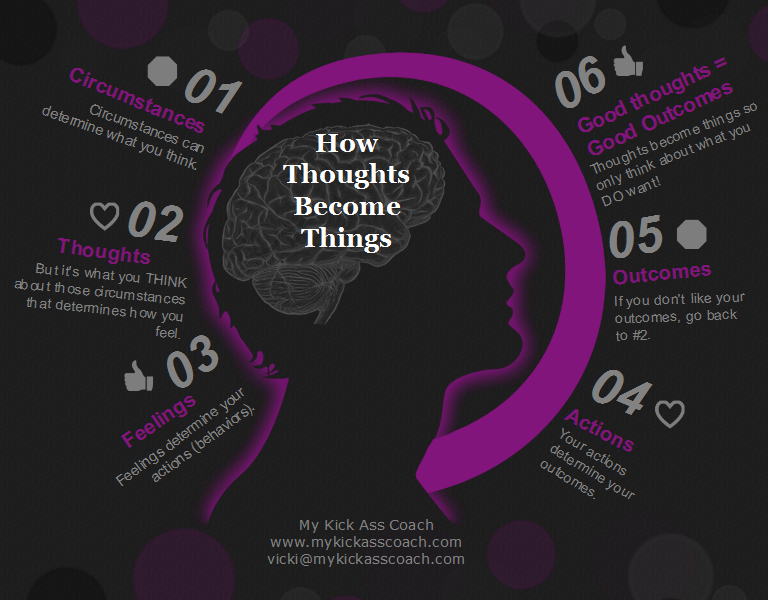
Every thought you have is creating your reality. If you want to manifest your dream life, you need to be aware of the power of your thoughts and focus on positive thinking.Vibrate at the frequency of your dreams, not your fears.
Change your negative thoughts into positive ones - If you find yourself thinking negative thoughts, consciously change them into positive ones. For example, if you're thinking, "I'll never be able to afford that," change it to "I can achieve anything I set my mind to."Let go of the outcome.
If you cling too hard to something, you're sending a message to the Universe that you desperately need it, aka that you don't have it. Trust that the Universe will take care of the details - Don't worry about how your dreams will come to fruition, trust that the Universe will take care of the details.Be grateful for what you have.
Gratitude is one of the most powerful manifesting tools available.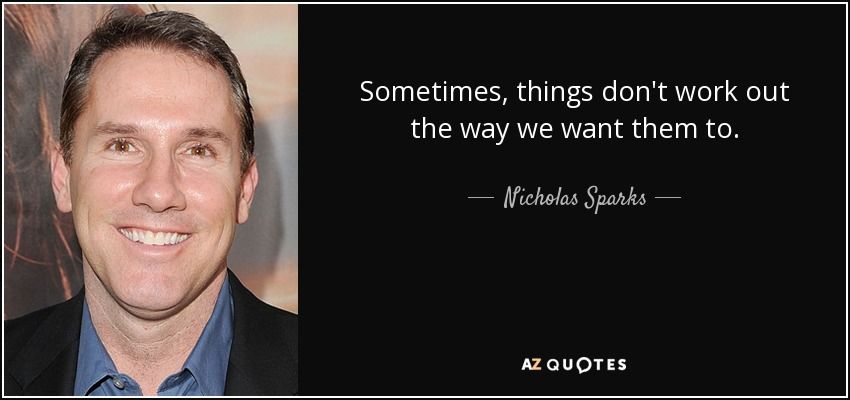 When you focus on being thankful for what you already have, it opens up the possibility of more good coming into your life.
When you focus on being thankful for what you already have, it opens up the possibility of more good coming into your life.Visualize what you want.
Another powerful manifesting tool is visualization. When you close your eyes and picture exactly what you want in your mind, you're sending a strong message to the Universe that this is what you're looking for.Take action towards your goals.
For your manifestation to become a reality, you need to take action steps towards your goal. For example, if you want to manifest a new job, start by updating your resume and sending out applications.
By following these tips, you can begin manifesting the life of your dreams! Just remember, thoughts become things, so focus on thinking positive thoughts and watch as your life transforms before your eyes.
The magic is within you.
Think thoughts of love, success and joy for those around you, for yourself and the world.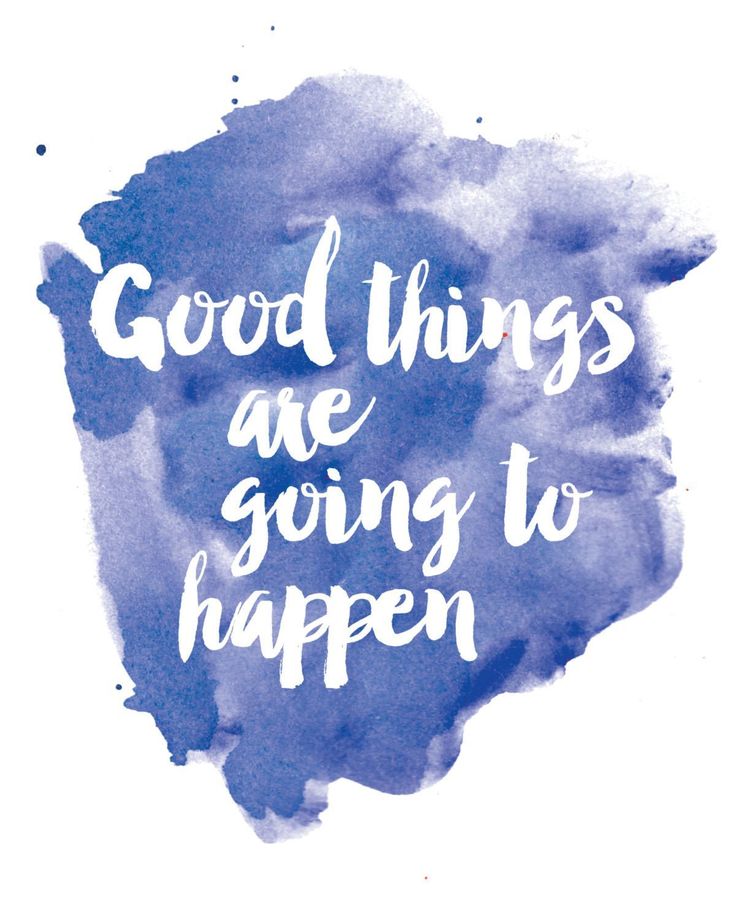 Love, success and joy is what you’ll get. Because thoughts become things, and they ALWAYS manifest.
Love, success and joy is what you’ll get. Because thoughts become things, and they ALWAYS manifest.
Thoughts are things. New Psychology
Thoughts are things. New psychologyWikiReading
New Psychology
Enel Charles
Contents
What things give us
What give us things The culture of our Western world, of course, highly values acquisition. This is not a sign of recent years. This has been going on for centuries. Great wealth automatically brings status to its owner. And it psychologically affects us. Most
What things tell
What things say Material objects do more than just benefit us. They create our world and report a lot of expressive details about the life of their owners. We strive to possess a thing, not because this thing can do something for us, but because it is something for us
We strive to possess a thing, not because this thing can do something for us, but because it is something for us
Chapter three. "Things"
Chapter three. "Things" Subject of epistemology Before deciding on the “subject of epistemology”, let us make a few clarifications. Firstly, the subsequent reasoning, apparently, will seem strange to the philosopher-reader, or even incompetent, but the feeling
Money and things
money and things "Another bonus of aging is... a decrease in interest in spending all your time and all your money shopping." * * * No matter how many times I say it, it will still not be enough: you must be aware of what is happening with your money. Except when
THE DIFFERENCE BETWEEN "WHAT THINGS ARE?" AND "THINGS EXIST"
THE DIFFERENCE BETWEEN "WHAT THINGS ARE?" AND "THINGS EXIST" The dialectic proposed by Heidegger, a 20th-century German philosopher, sheds light on this paradox.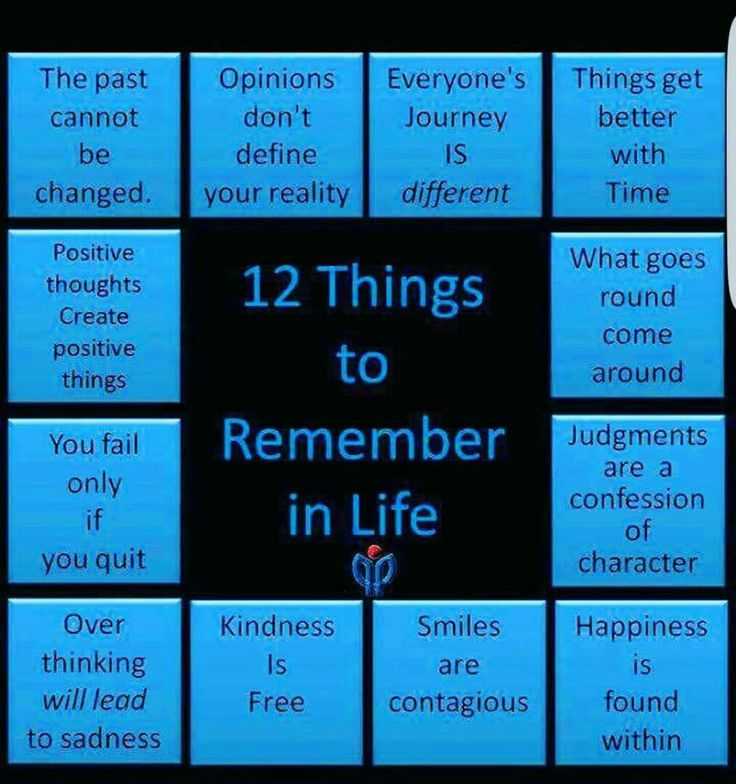 He expressed the idea of two modes of existence: everyday and ontological (ontology - from the Greek ontos - being,
He expressed the idea of two modes of existence: everyday and ontological (ontology - from the Greek ontos - being,
Word to thing
word to thing Consider two alternative ways in which knowledge about the meaning of words can be encoded in the brain: 1. The representation of word meanings is inherently modular. All meanings of words are tied together in a knot and separated from the brain representation of the real physical
Where to buy things?
Where to buy things? Women somehow immediately guess with whom we are ready to cheat on them. Sometimes even before it crosses our minds, Bernard Show. On the one hand, the question of buying clothes is much less acute today than it was fifteen years ago. On the other hand, not
Stuff
Things Another item of expenditure is things. Those that you can’t do without, because without them it’s cold and wet. Here I can offer much better, more durable and even cheaper second-hand instead of cheap Chinese consumer goods. That is, clothes that did not have time
Those that you can’t do without, because without them it’s cold and wet. Here I can offer much better, more durable and even cheaper second-hand instead of cheap Chinese consumer goods. That is, clothes that did not have time
STATE VIEW ON THINGS
STATE VIEW ON THINGS Do you believe that the state is important? I, for example, not at all. The state does not see me - more precisely, the image that arises in me in relation to myself! In a spiritual sense, the state is blind. Remember the movie "Predator" with Arnold
Your thoughts and the thoughts of the characters
Your thoughts and the thoughts of the characters Convey all your thoughts and thoughts of your characters in the form of dialogue. Never use sentences like "I was thinking about going for a walk." Better say: “And I thought: “Hmm, why don’t I go for a walk?” Sharing thoughts with
Leather items
Leather things I don't know how successful my first leather purchase was, but as soon as I put it on, I was nicknamed "Xena, Warrior Princess" at work. I still can’t understand if it was good or bad, Xena seems to be not a nasty character, a strange mixture of a bitch and
I still can’t understand if it was good or bad, Xena seems to be not a nasty character, a strange mixture of a bitch and
"TWO THINGS NOT TOGETHER"
"TWO THINGS INCOMPLETE" Our traditional belief that “the school does not teach bad things”, in fact, was not always justified even in Soviet times. Of course, they didn’t tell children about sex there, and they didn’t teach Lolita, as they do now in some schools; however, the grains of what sprouted and
Things are thoughts
Things are thoughts We have already said that thoughts become things and phenomena. But now we have come to the point that the reverse also needs to be understood: things are thoughts. In other words, every object, form or circumstance is of a mental nature and is nothing more than an idea
The Right Things
The right thing Why Rearranging Furniture Can Benefit Your Family This seemed like a great idea to me. I invited a real detective to our house, or rather, a snoopologist detective. Sam Gosling is an English native with a gentle manner, a slim build like a
I invited a real detective to our house, or rather, a snoopologist detective. Sam Gosling is an English native with a gentle manner, a slim build like a
Cool things
Cool things We followed another of Larry's tips: we got the girls involved in a discussion about how we could make our home a better place. Larry said that, in his experience, children at this age are quite capable of completing a questionnaire about the types of rooms in which they feel
The Right Things
The right thing My thoughts on the importance of spaces in which families exist were inspired by Christopher Alexander's masterpiece A Pattern Language: Towns, Buildings, Construction, as well as the books Some Place Like Home by Toby Israel and House as a Mirror of Self » Claire Cooper Marcus. The basis of my reasoning about
A thing is a thought, a thought is a thing.
 The energy of thought. The Art of Creative Thinking
The energy of thought. The Art of Creative Thinking A thing is a thought, a thought is a thing
Once Einstein said that the deeper science penetrates into matter, the more convinced that things are thoughts. Einstein may be right that things become more and more like thoughts the deeper you go into them, but on the other hand I would like to tell you that if you go deeper into yourself thoughts will become more and more like on things. In fact, these are two very similar concepts: a thing is a thought, and a thought is a thing. You can drop thought as a thing. You can hit someone on the head with a thought like an object. You can heal with thought as medicine. You can kill a person with a thought like a dagger. You can give your thought as a gift or as an infection. Thoughts are things, they are power, but they do not belong to you. They come to you, stay in you for a while, and then they leave you.
The whole universe is filled with thoughts, energies and things.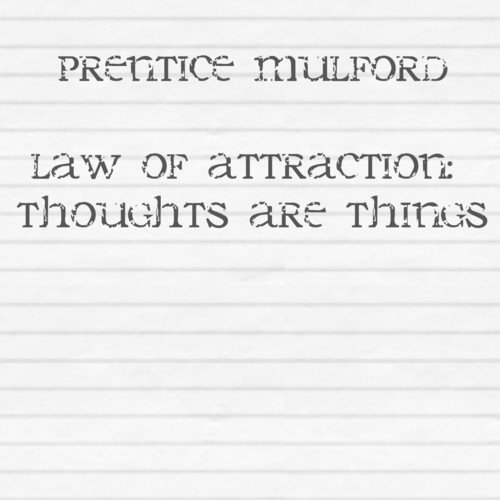 Things are the physical part of thoughts, and thoughts are the mental side of things. Many miracles happen because of this principle. If a person constantly thinks about you and your well-being, then this will happen because he directs the power of thought at you. That is why blessing is useful and necessary. If you can receive the blessing of a person who has reached, then the blessing will come true - because a person who never uses thought accumulates the energy of thought, and what he says comes true.
Things are the physical part of thoughts, and thoughts are the mental side of things. Many miracles happen because of this principle. If a person constantly thinks about you and your well-being, then this will happen because he directs the power of thought at you. That is why blessing is useful and necessary. If you can receive the blessing of a person who has reached, then the blessing will come true - because a person who never uses thought accumulates the energy of thought, and what he says comes true.
In all Eastern traditions, before a person begins to study the state of "mindlessness", he is taught how to get rid of negativity, because if you reach the state of "mindlessness" while maintaining a negative attitude, you will become a dangerous force. Before reaching this state, it is necessary to become absolutely positive. This is the whole difference between black and white magic.
Black magic is nothing but the actions of a person who has accumulated the energy of thought without first discarding his negativity, and white magic is the actions of a person who has collected a lot of thought energy, but based his entire existence on a positive attitude.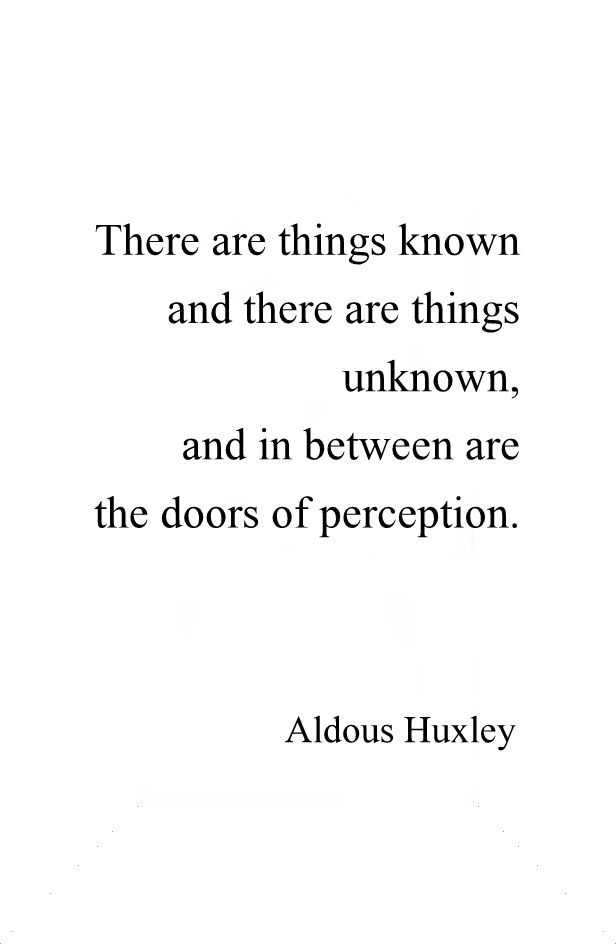 The same energy with a negative sign becomes black, and with a positive sign it becomes white. Thought is a great force, it is a thing. This is the third revelation. This must be understood and observed within oneself. Sometimes it happens that you see your thought materialize, but due to ignorance you consider it a coincidence. In reality, there is no such thing as a coincidence, everything has a reason. Your thoughts create the world around you. Your thoughts are real, be careful with them. Handle them with care. If you are not aware of this, you will cause suffering to yourself and others, as you have already done. And remember, when you hurt others without even realizing it, at the same time you hurt yourself, because thought is a double-edged sword. If you hurt someone, it hurts you at the same time.
The same energy with a negative sign becomes black, and with a positive sign it becomes white. Thought is a great force, it is a thing. This is the third revelation. This must be understood and observed within oneself. Sometimes it happens that you see your thought materialize, but due to ignorance you consider it a coincidence. In reality, there is no such thing as a coincidence, everything has a reason. Your thoughts create the world around you. Your thoughts are real, be careful with them. Handle them with care. If you are not aware of this, you will cause suffering to yourself and others, as you have already done. And remember, when you hurt others without even realizing it, at the same time you hurt yourself, because thought is a double-edged sword. If you hurt someone, it hurts you at the same time.
This text is an introductory fragment.
1.
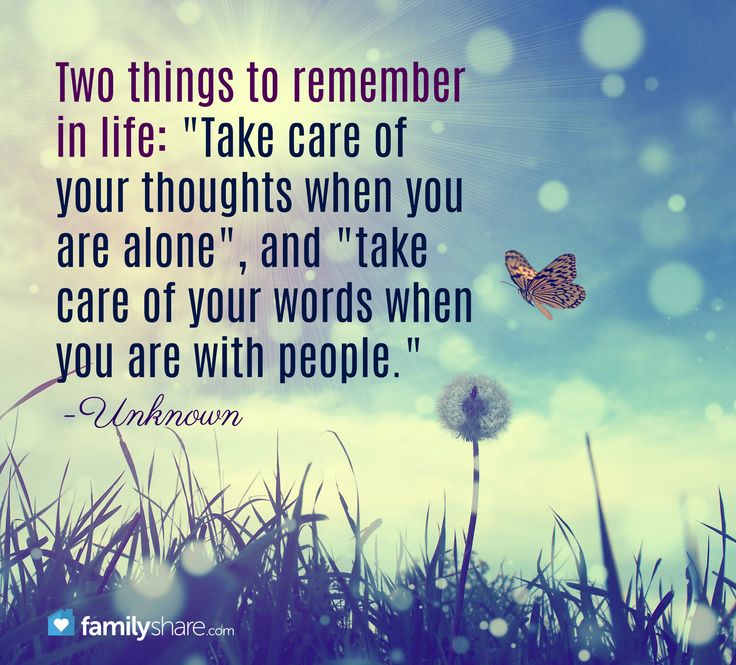 Comics are a thing!
Comics are a thing! 1. Comics are a thing! When the Walt Disney animated series first appeared on our TV screens, children only talked about them, only thought about them and played them. The animated series was shown only once a week, on Sundays, and the whole week was devoted to the painful
Public Thought of Russia in the 1st half of the 19th century
Social thought in Russia in the 1st half of the 19th century Main directions: liberalism, conservatism, utopian socialism. Liberal direction: Formed after the Decembrist uprising, in the 1830s–1840s. divided into Westerners and Slavophiles. Beginning. 1830s - circle of A. I. Herzen, N.
Item
Thing A THING is a material, physically tangible object that has the economic form of a commodity and, therefore, is an object of civil circulation. V. are also cash and securities (Article 128 of the Civil Code of the Russian Federation). The number of V. includes various types of energy resources and
V. are also cash and securities (Article 128 of the Civil Code of the Russian Federation). The number of V. includes various types of energy resources and
Thought (magazine)
Thought (magazine) "Thought", a Bolshevik legal monthly philosophical and socio-economic journal. Published in Moscow since December 1910 to April 1911; 5 issues came out. The official editor-publisher of "M." was P. K. Pirozhkov, actual editor - V. I. Lenin,
"Thought" (publishing house)
"Thought" (publishing house) "Thought", publishing house of socio-economic literature in the system of the State Committee of the Council of Ministers of the USSR for publishing, printing and book trade. Located in Moscow. Founded in 1930 as the Publishing House of the Socio-Economic
Thought spoken is a lie
Thought spoken is a lie From the poem "Silentium!" (“Silentium!” - “Be quiet!”, 1831) by Fyodor Ivanovich Tyutchev (1803-1873): .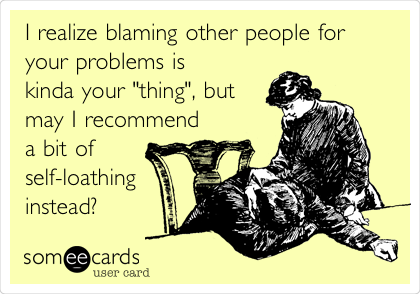 .. How can the heart express itself? How can someone else understand you? Will he understand what you're up to? Thought spoken is a lie, Exploding, disturb the keys, - Eat them - and
.. How can the heart express itself? How can someone else understand you? Will he understand what you're up to? Thought spoken is a lie, Exploding, disturb the keys, - Eat them - and
I have an idea and I think it
I have an idea and I think it From the cartoon "38 Parrots" (1976) directed by I. Ufimtsev. The words of the Boa constrictor in a conversation with the Monkey: “- And what are you doing now? — I have a thought ... a thought ... And I think it. — And what is a thought? — Measure your height.
Political thought of the Middle Ages, Renaissance and Reformation
Political thought of the Middle Ages, Renaissance and Reformation The political teachings of the Middle Ages (not only European, but also Arabic) were based on ancient sources, among which the most authoritative were the works of Aristotle, as well as Plato,
Thought is faster than light
Thought is faster than light If Earth is hell, then you are its creator and participant.
